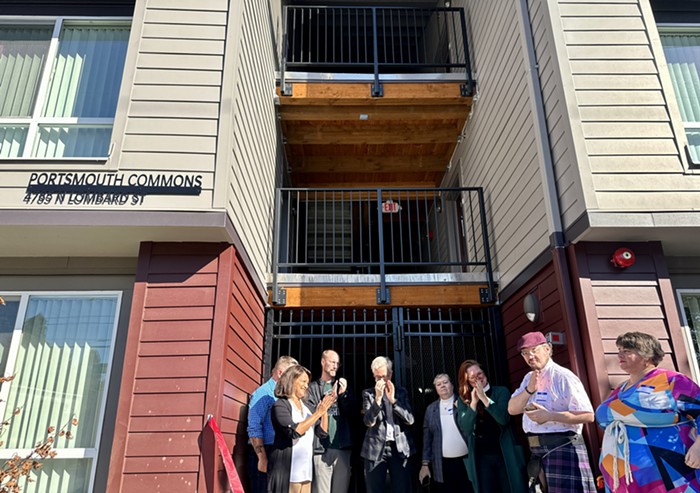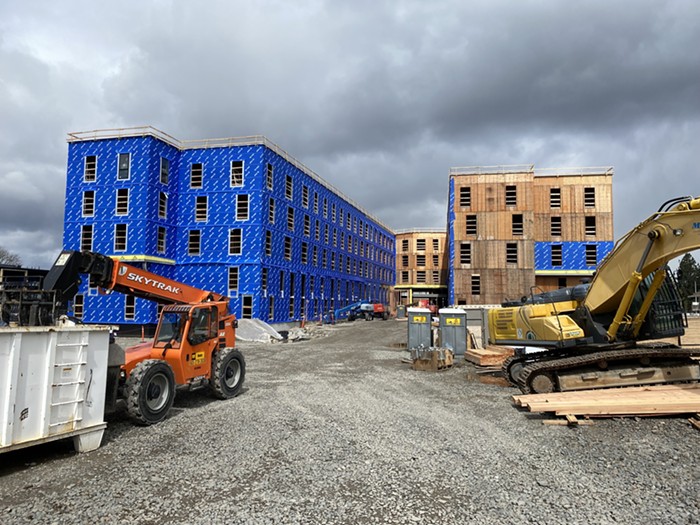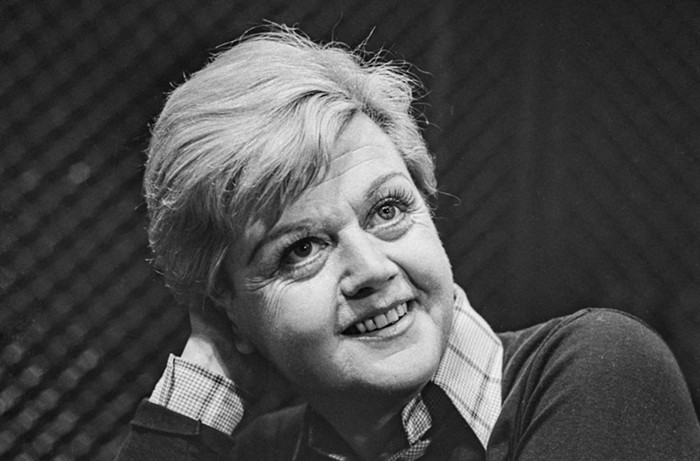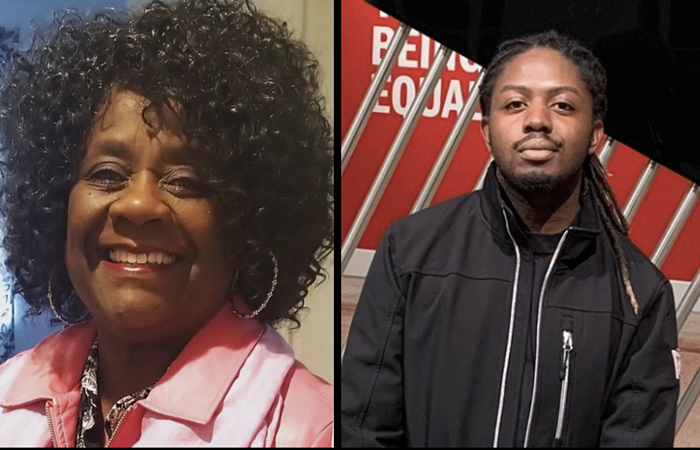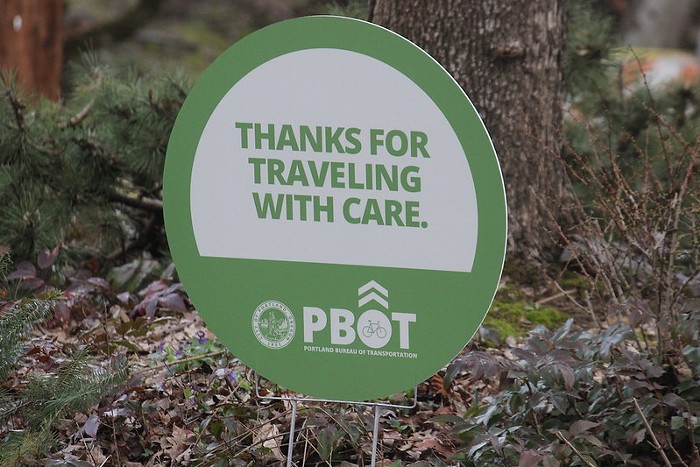
At least 126 people who died in Multnomah County in 2020 were homeless at the time of their death.
On Wednesday, the county released its annual "Domicile Unknown" report on the number of unhoused residents who died in 2020—identified by the phrase "domicile unknown" on their death certificate. The 2020 total is the highest number the county's seen since it began collecting this data in 2011. However, the report notes, the percent of people homeless when they died in Multnomah County has remained relatively steady as the region's population has grown over the years, at 9 percent.
Multnomah County currently lacks an up-to-date numbers on its total homeless population, as COVID-19 limiting its annual citywide count in 2020. However, numbers from the regional "place in time count" of unhoused people in 2019 estimated the population came just over 4,000.
The average age of those who died was 46, which is 31 years below the average life expectancy for those living in the US.
In a Wednesday press conference, Multnomah County Health Officer Jennifer Vines said the young age of those who died shouldn't be ignored.
"These are years of life lost that almost have no global comparison in terms of life expectancy," said Vines.
According to the report, "almost all these deaths were premature and preventable."
While 2020 marked the beginning of the COVID-19 pandemic, none of the 126 deaths recorded were linked to COVID. But the reported deaths reflect other social issues that plagued the Portland metro area last year.
More than 60 percent of all deaths involved a substance—ranging from alcohol to opioids. Meth was a contributing factor in nearly 80 percent of all deaths linked to a substance. This trend is reflected in Multnomah County's population as a whole, where law enforcement has seen a growing surge in strains of potent, cheaper, and more deadly meth.
Vines pointed out that, unlike opiates, there isn't an overdose reversal drug (like naloxone) available for people experiencing an overdose from meth.
"The bottom line is that people need a quiet, safe place to recover from meth use," said Vines. While Multnomah County offers a few spaces for people to decompress after using meth, like Southeast Portland's Blackburn Center, COVID restrictions have limited many indoor spaces where unhoused people could recover.
Six of the eight homicides recorded in 2020's data were carried out with a gun, a percentage that aligns with the city's spike in gun violence in 2020.
The report notes that more than half of all the 2020 homeless deaths were deemed an accident, while 29 percent were determined to be a death from natural causes. Six percent of the deaths were determined to be homicides, while just 3 percent were caused from suicide.
The majority of unhoused people who died in 2020 were found deceased in pubic spaces outside, like in a park, on a sidewalk, or in a tent on public property. The majority of those deaths occurred in downtown Portland and the inner eastside.
During the press conference, Multnomah County Chair Deborah Kafoury said that the annual report helps the public and policymakers understand "the instability that people are exposed to when they don't have stable housing."
Kafoury said she was hopeful that the recent regional investments in permanent supportive housing and homeless services, like Metro's supportive housing services measure, will help meet the needs of those at risk living on the streets. Yet, Kafoury admitted that the region is struggling with a lack of behavioral health and substance abuse services for people experiencing homelessness.
The report highlights the deaths of several individuals, including Christopher Madson-Yamasaki, who was 26 when he died. Madson-Yamasaki was diagnosed with a schizoaffective disorder and was addicted to meth. He was on a waitlist for a residential treatment program for people with a dual diagnosis of mental illness and drug addiction when he died from a meth overdose in February 2020. On Wednesday, Christopher's mother, Hope Yamasaki, explained the challenges she faced trying to get her son into treatment for his mental health and addiction issues.
"Help is not as easy to get as many people think," said Yamasaki, who share stories of driving across the Pacific Northwest to find an available treatment bed. "Chris had me advocating for him, and it was still not enough to save him."
Kafoury said that each year, the Domicile Unknown report helps inform future policy decisions. On Wednesday, she said that the latest report tells her that the county needs to "increase the number of places where people can get help and the number of people in the community who can give help."
Kaia Sand, director of Street Roots, said the report shows her that housing is a key form of health care.
"This report underscores that providing housing and support services are essentially, about saving lives," said Sand. "When a person secures housing they can stay out of this heartbreaking tally."
When Multnomah County first began tracking this data in 2011, it recorded 47 recorded homeless deaths. Since then, the county's noted a total of 643 deaths among its homeless population.
Sisters of the Road will be hosting a memorial for those who died in 2020 on December 21 at 4:30 on the corner of NW 6 and Davis.

